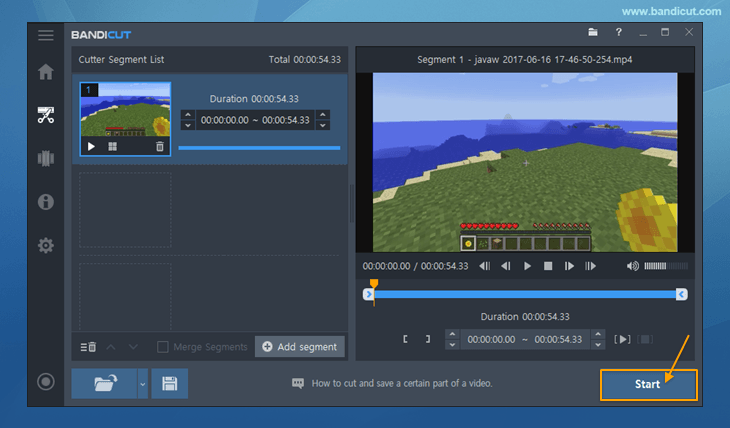
:no_upscale()/cdn.vox-cdn.com/uploads/chorus_asset/file/19238246/Screenshot_2019_09_26_at_4.52.51_PM__1_.png)
Note that if you want to save time and don’t mind the lack of x264 parameters (and if you don’t need to remove portions of the video or to combine several VOBs, which is actually rarely the case), you can use Handbrake to obtain your final, compressed MKV. Beware that the uncompressed file will be quite huge: for my 720×576 test video during 20 minutes, the size is over 5 GiB. To avoid losing quality you can either use a passthru (=copy the original track without any processing) if appropriate, or you can compress straight to what you want (then in Avidemux you won’t process the audio track), or finally (that’s the solution I picked) you can also compress to AAC with the highest bitrate (320 kbps). Don’t forget to also configure the audio tracks. To obtain lossless x264, in the Video tab set the Constant Quality to RF:0. So I use Handbrake, which is open source, to convert the VOB to an MKV file with lossless x264. I added this extra step because unfortunately my favorite compression tool (Avidemux, see next step) doesn’t know how to open VOB files. The decrypter is freeware, but if you’re willing to pay they also provide a simple all-in-one DVD to MKV (or pretty much any video format) ripping solution ( link).

My personal favorite if DVDFab HD Decrypter, because it can deal with pretty much every protection. So check your local laws before doing this step.īasically, you can pick any tool on this list. Note that although it’s legal in some countries where making a private backup copy is a right, it’s also illegal in some countries where bypassing copy protection systems is illegal. The first step is to extra the VOB files, i.e. To convert a DVD you need to think about each of those tracks (which one do you want to convert), and process them. It can also encapsulate extra audio/video tracks, subtitles, chapters, and maybe other things that I forgot. If you’re new to this it may be not that trivial, but if you know the following concepts, it should be okay: a complete video file is made up of a container (such as AVI, MP4, MKV, VOB…), which encapsulates a least a video track (such as DivX, XviD, H.264…) and an audio track (such as AAC, AC3, MP3, Vorbis…).

I won’t write a detailed guide because the process, although a bit tedious, is quite straightforward.


 0 kommentar(er)
0 kommentar(er)
